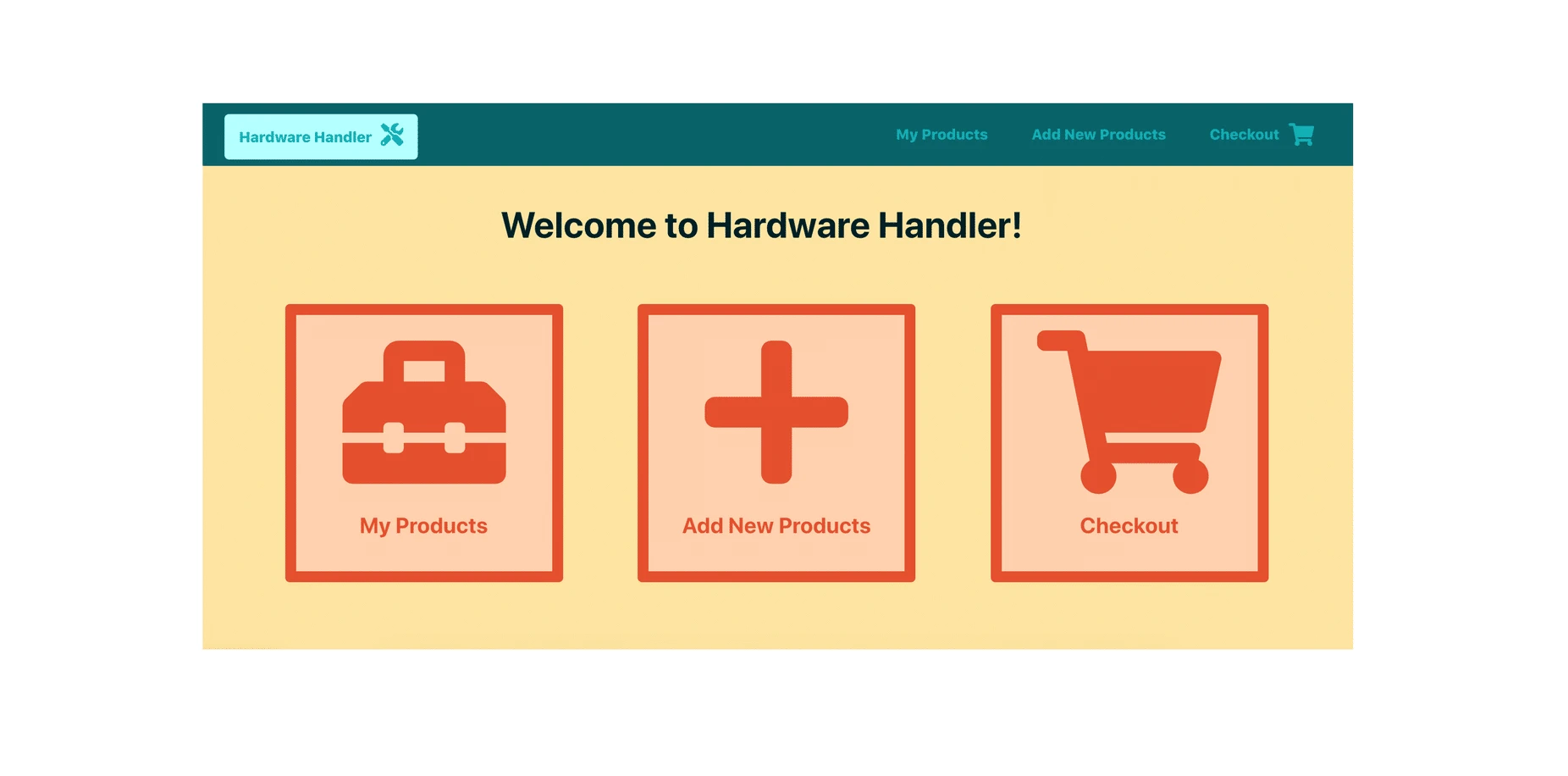Hardware Handler - A enterprize tool management application

- Client
- A Industrial Application Focusing on product management
- Industry
- Manufacturing
- Company Size
- 20 - 30
- Stack
- Context API, Json-server, Cypress, Ant design
- Project Duration
- 2 months (Aug. - Oct. 2020)
This application is a sample React application built to help hardware tool managers within retail companies manage their product assets, which are sent the list to retail stores for ordering.
Features
-
Refactor class components to use hooks - A big part of modernizing an existing React app hinges on being able to take a traditional, class-based component, maintain its current functionality, and convert it to use hooks under the hood, taking advantage of all that the upgraded dependencies have to offer.
-
Use the context API and useContext Hook to make state access within the app easier - Although this app lacks the need for a separate global state management library like Redux or Recoil, there are still definite benefits to be gained from React's built-in state passing mechanism: Context.
-
Automated integration testing with Jest & React Testing Library - Using integration testing for organizing tests in this app, like working from the smallest components to largest ones.
-
End-to-end test with Cypress - Setting up fake data, mocking API calls, targeting DOM elements to trigger events, and debugging misbehaving Cypress tests with the Cypress test runner.
-
Implement the Ant Design System to speed up design & development - Add Ant Design to the application, identify some components that would benefit from being switched out with Ant Design components, and do so, working from simple components up to the most complex ones and utilizing the Ant documentation to understand how.
Lessons Learned
-
Deploy backend using Json-server - One nice idea will be to turn this into a Next.js full-stack app. Due to this, we'll be able to deploy both frontend and backend for free on the same platform. But because I don't plan to change the stack, I used a free service of Render to host the json server.
-
Ethical Considerations - The use of AI in software development raises ethical concerns, such as the potential for biased algorithms, privacy violations, and job displacement. Developers must consider these issues when integrating ChatGPT into their workflows.
-
Inaccurate or Insecure Code - Although ChatGPT is a powerful language model, it is not infallible. It may generate incorrect or insecure code, which can lead to vulnerabilities and other issues in the software. Developers must remain vigilant and thoroughly review any code produced by the AI.
Next Steps
Add search module for the users to find his tools easily and if taking performance into accounts, try to deploy it using Nextjs.